Nature gives us many plants that are similar in appearance even though they’re actually different. Chamomile is one of the plants. Plants that look like chamomile are also very common nowadays. It’s important to know what kind of chamomile you’re picking or planting to give you the best benefit to your liking.

Table of Contents
What does a chamomile plant look like?
Chamomile is one of the most famous herbal plants with white petals surrounding a yellow center (pistil). Each flower has 10 to 25 petals, and when they’re fully growing, they could reach around 8 to 24 inches tall and as wide as 8 to 12 inches. This annual plant has long-thin green shaped stems with small, almost celery-like leaves. Their roots can grow as deep as 12 inches and usually they have a single flower on each stem.
Chamomile’s origin and care tips.
Chamomiles, whose Latin name is Matricaria chamomilla, came from the genus Chamomilla. They’re in the same family as sunflowers or Asteraceae. Technically, all chamomiles are daisies but not all daisies are chamomiles. And if you’re wondering, is taking care of chamomiles difficult? Then the answer is no.
In general, chamomiles are easy to grow from seed. To plant these flowers that symbolize purity, calmness, and rest, you need to plant them every day and immediately cut the withered or dried flowers using a scissor. And the good part is, you don’t need fertilizer to plant these flowers. They are fairly adaptable plants, but still, need full sun and water in dry weather. The best time to sow chamomiles is between February and March.
Originally from Europe, Egypt, and some parts of Asia, we can divide chamomiles into six different types, which are Roman Chamomile, German Chamomile, Wild Chamomile, Moroccan Chamomile, Yellow Chamomile, and Egypt Chamomile. They’re from the same family, however, their morphology and chemical composition are different. Thus, in the case of using chamomile as an herbal treatment, they differ in function.
Plants that look like chamomile.
If you’ve been in the gardening world for so long, it’s not that hard to differentiate flowers that look like chamomile. Alas, if you just started dipping your toes into this industry, differentiating one flower from another could be tricky. Here, we’re going to show you how to tell these gorgeous flowers apart from their look alike.
1. Mayweed or Dog Fennel (Anthemis cotula)

Also known as stinking chamomile, these flowers resemble traditional chamomile but produce a strong, unpleasant odor. They originated from Eurasia and can grow up to 0.5-2 ft tall, with 10-15 petals and yellow centers. You can find these flowers almost everywhere, from landscapes, nurseries, and agricultural crops, to roadsides, meadows, or disturbed and abandoned areas as well. Besides their smelly smell, they can be useful to treat rheumatism, asthma, epilepsy, colds, and fevers.
2. Pineapple Weed (Matricaria discoidea)
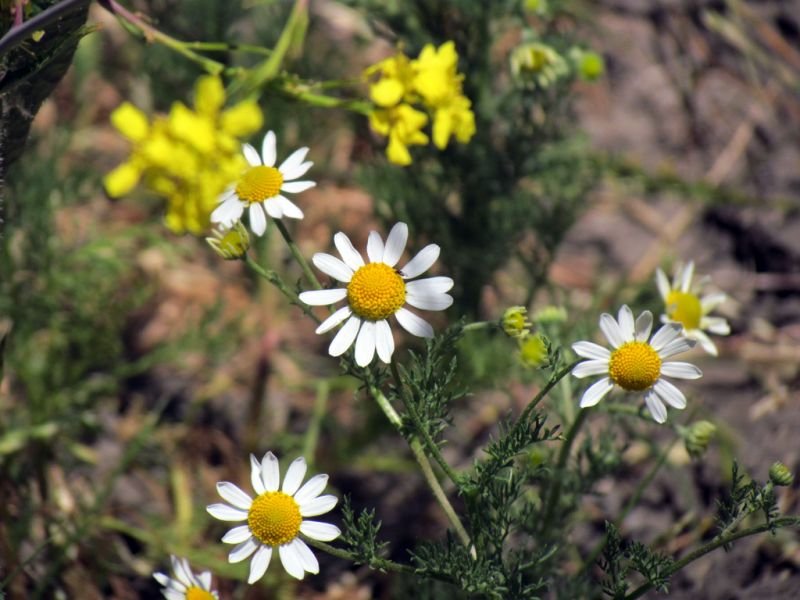
Native to Northeast Asia, they have been used both as a medical and aromatic plant. They are sweet-scented, just like pineapples. They also have a unique appearance, since these flowers have no petals, only disk flowers with the shape of green-yellowish domes ranging from 1.3 to 1.4 inches. As a wildflower of roadsides, they’re also beneficial to treat health problems such as gastrointestinal upset relief, stomach pain, reduce stress, and menstrual cramps. Because of their sweet taste, you can also make ice cream using these flowers!
3. Marguerite (Leucanthemum vulgare)

Often known as Ox-Eye Daisy, you can find these plants in grasslands, wildflower meadows, roadsides, waste areas, or infertile grasslands. They’re native to Europe, Russia’s the Far East, and the Caucasus. Have 7-20 gold, yellow, or white petals per flower, with a size of 1-3 inches. Just like the other two, you can also use these flowers for health purposes, such as treating cough and asthma or use them as a lotion to help you heal bruises, wounds, and ulcers.
4. The Pearl Group (Achillea ptarmica)
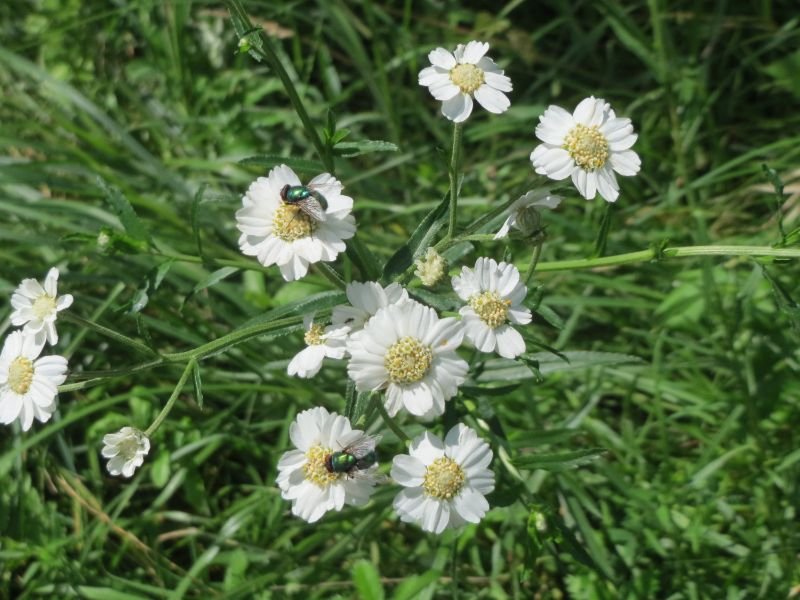
With their elegant pure white, pom-pom-shaped flower balls, The Pearl Group, or simply Pearl Group really deserve that name. But be cautious since they can be an irritant to your eyes and skin. They have 7 to 15 petals, and their roots are also known to induce sneezing, hence their other common name is Sneezewort. Their Latin name, Achillea, is taken from the belief that Achilles used these flowers to cure his soldiers’ wounds.
5. Scentless False Mayweed (Tripleurospermum inodorum)
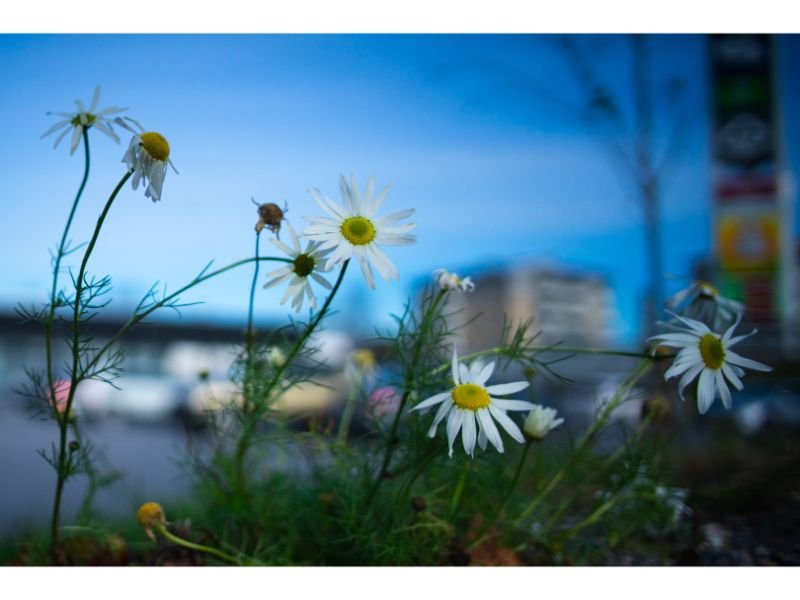
Originating from Europe and Central Asia, these flowers are quite resistant to weed killers. Unlike Mayweed or Dog Fennel, they are scentless and do not have unpleasant scents for humans’ noses. It’s commonly found in waste grounds, roadsides, and fallow fields. These annual plants can grow up to 32 inches. Widely used both by ethnic and traditional medicine to treat health problems as well.
6. Sea Mayweed (Tripleurospermum maritimum)

In contrast to its friends which mostly grow on grasslands and meadows, these white and yellow flowers grow in coastal regions, sea shores, rocky shores, seaweed piles, or beaches. They look very similar to their counterpart, Scentless Mayweed, and are just as beneficial. Sea Mayweed can be used for active skincare ingredients to reduce redness and inflammation.
7. Eastern Doll’s Daisy (Boltonia asteroides)
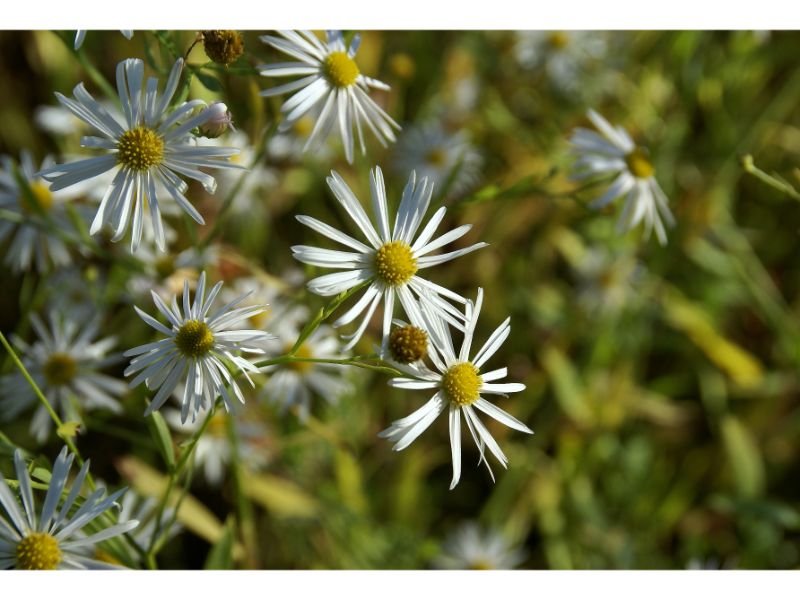
People often mistook chamomiles for daisies. However, you can see the difference through their morphology. These United States and Canada native plants belong to the daisy (Asteraceae) family. While chamomiles’ petals are white, Eastern Doll’s Daisy’s petals are more colorful. It could be pink, white, lilac, or purple. They grow massively and are often used as ornamental flowers because of their striking appearance. The size of their flowers ranges from 3 to 4 inches.
8. Winged False Aster (Boltonia decurrens)

You can only find these beautiful rare flowers along the Illinois and Mississippi Rivers. They have almost the same appearance as Eastern Doll’s Daisy, but with the petals’ color of pale pink to white. Because of its current threatened status, the use of Winged False Aster is restricted.
9. Feverfew or Bachelor’s Buttons (Tanacetum parthenium)
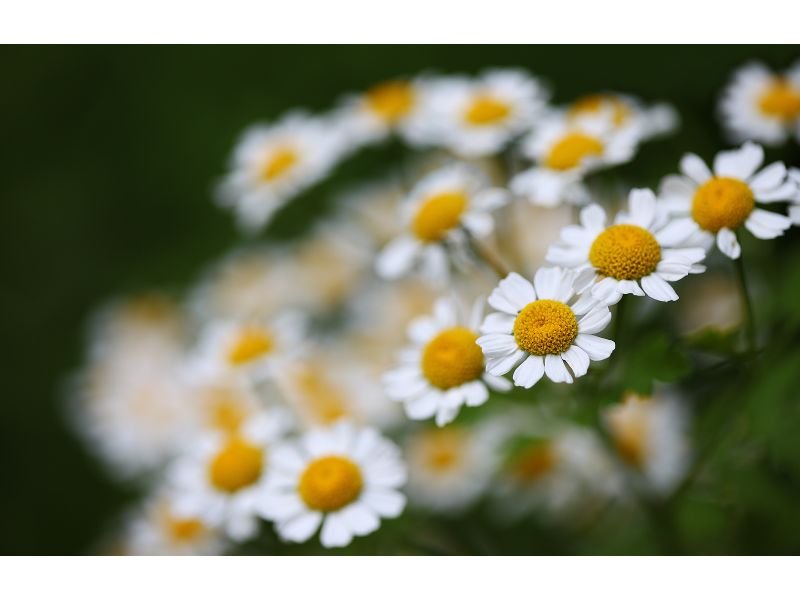
Another herbal plant that looks like chamomile is Feverfew or also known as Mutterkraut in Germany. Feverfew can grow as tall as 3 feet and is also aromatic. They’re native to the Balkans and Caucasus. It has been used to treat toothache, fever, headache, and arthritis, with medium-sized 3 to 4-inch white petaled flowers.
10. Robin’s Plantain (Erigeron pulchellus)

A native to North America, this chamomile looks like a flower’s habitat in places like savannahs, meadows, stream banks, rocky woodlands, and open woods. These white to pale lavender flowers can be used for diarrhea and even stop bleeding. A type of perennial wildflower, Robin’s Plantain could reach a total height of 8 to 24 inches.
11. Blue-eyed African Daisy (Arctotis stoechadifolia)

If you look at Blue-eyed African Daisy at a glance, you’ll think that these are chamomile flowers. But if you give more attention, you can see that the Blue-eyed African Daisy is just another chamomile look alike. While chamomiles have yellowish green pistils, Blue-eyed African Daisy’s pistils are a combination of colors from dark maroon to dark blue, surrounded by tiny yellow or purple hues. Unlike chamomiles, Blue-eyed African Daisy’s petals are also not only limited to white.
12. Climbing Aster (Ampelaster carolinianus)
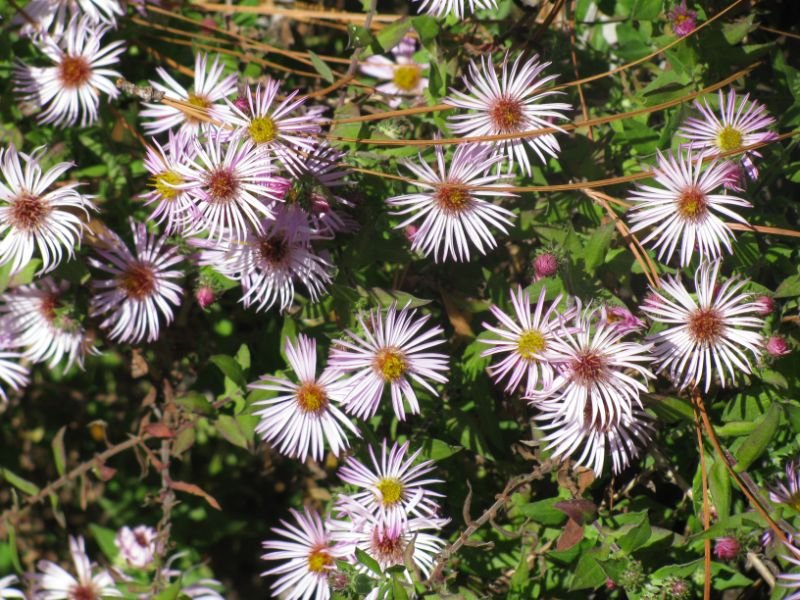
Last but not least flower that looks like chamomile is Climbing Aster. Just like chamomiles, Climbing Aster’s pistils are yellowish green, with petals color of white, pale purple, pale pink, to bluish purple. As climbing plants, this southeastern United States native flower needs something like a fence to grow.
The use of chamomiles in ancient civilization history.
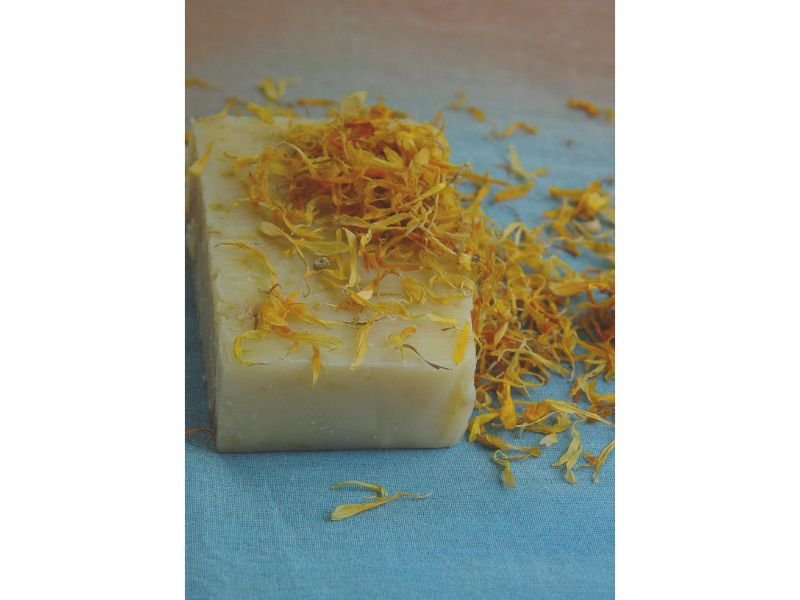
Perhaps you have wondered, who were the first humans to accidentally pluck chamomile and think to brew it as tea or use it as one of the cure ingredients? Well, chamomiles have been used since 500 BCE, since the time of Hippocrates. The earliest record stated that Ancient Romans, Egypt, and Greek used these flowers not only for medical purposes but also for magical purposes. Curious why?
We start with Ancient Egypt. As one of the most advanced and oldest civilizations, Ancient Egyptians used chamomile to honor Ra, their God of the Sun. These flowers also have yellow centers, thus resembling tiny suns.
Besides honoring their God, Ancient Egyptians also used chamomile for their embalming process and to treat malaria, a common disease at that time. Meanwhile, other plants that look like chamomile that we still use for modern embalming are daisies. Add some chamomiles or daisies with myrtle or mint. It’s also good to keep the bacteria away.
The word chamomile itself came from the Greek word meaning “ground apple”. Just like Ancient Rome and Egypt, the Ancient Greeks think of chamomile as a healing ingredient.
Even Dioscorides, the author of De materia medica a 5-volume and who was also a famous Ancient Greek doctor and physician, also used chamomile to treat problems such as intestinal and liver disorders. Aside from medicine, the Ancient Greeks also used chamomile to freshen the air because of its pleasant smell. Chamomile flower look alike, Swan River Daisy, also can be used the same way since it produces a subtle fragrance.
Roman chamomile (Chamaemelum nobile) has been used by the Ancient Romans since the Middle Ages. These flowers got their name from a botanist who first discovered the flower growing by the Colosseum. The Ancient Romans used chamomile almost the same as the Ancient Egyptians. These flowers look like German chamomile (Matricaria recutita), and both provide many benefits for your skin and body.
It seems that supernatural belief is something we can’t get rid of in humans’ lives. Many people believe certain animals including flowers may bring you some good luck. For example, Lucky Bamboo (Dracaena sanderiana) is widely believed for attracting positive energy. While Black Dahlia has a contrasting meaning. It represents evil, dishonesty, and betrayal.
On the other hand, chamomile flowers also have a similar belief. If you’re going to play at the nearest casino, try to wash your hands with chamomile tea then you’ll win easily. You can also use sprinkled dried chamomile to remove negative energy, hence the Ancient Egyptians used these flowers to decorate mummies. Planting chamomile around your house is also believed to protect your house against magical or supernatural attacks.
The known benefits of chamomiles.
Today, we still use chamomile in our daily lives. Whether as tea, for cooking, or as cosmetics and skin care ingredients, chamomiles do give us so many positive benefits. Chamomile is widely known and proven to calm your mind. Drink a cup of chamomile tea before sleeping to help you fight against insomnia. If you have anxiety, chamomile can also help you relax your mind. In fact, we do really love chamomile tea as The Herbal Research Foundation estimates at least one million cups of chamomile tea are consumed every day worldwide.
The reason behind it is that chamomile contains apigenin, a command flavonoid whose effect is to give you muscle relaxation. At a higher level, it could also be used as a sedative. Chamomile is also good for soothing your skin and reducing redness. It’s not hard to find chamomile as one of the main ingredients in your skincare products. If you’re searching for natural ingredients to help you reduce your fine lines, you can also add chamomile oil to your regime since it contains high antioxidants.
Conclusion.
To conclude, both chamomile and chamomile-like flowers are beneficial and beautiful in their own way. If you want to add more color, then chamomile flower look-alikes such as Blue-eyed African Daisy and Climbing Aster would be your best bet since they come in more colorful petals and pistils. Overall, these flowers are easy to grow and take care of.

New author in the hood. Loves gardening and flowers are my spirit animals (yes I know they are not animals but I insist). I will be covering most of the flowers’ topics here and occasionally random though as well.

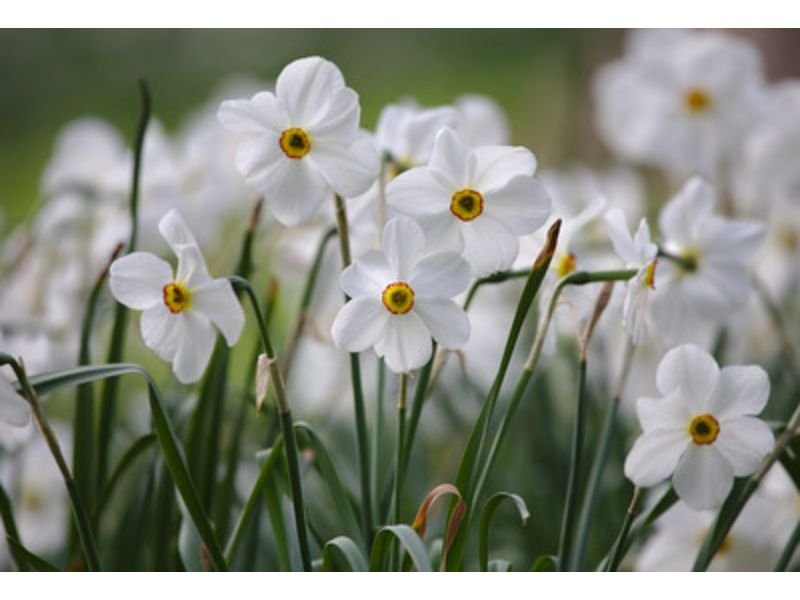


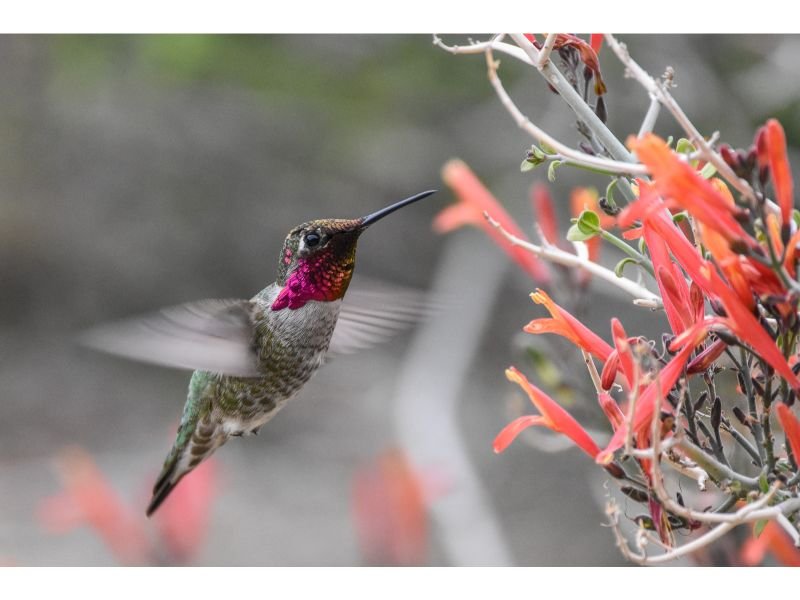
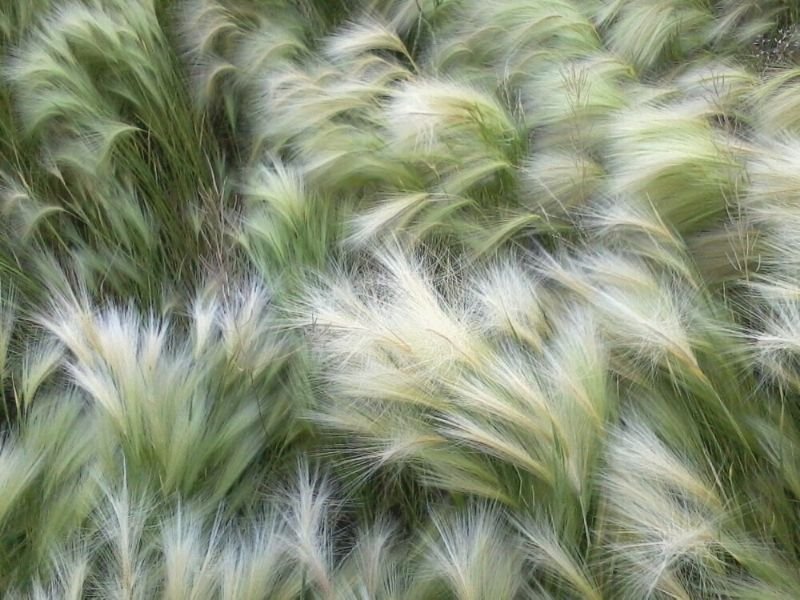
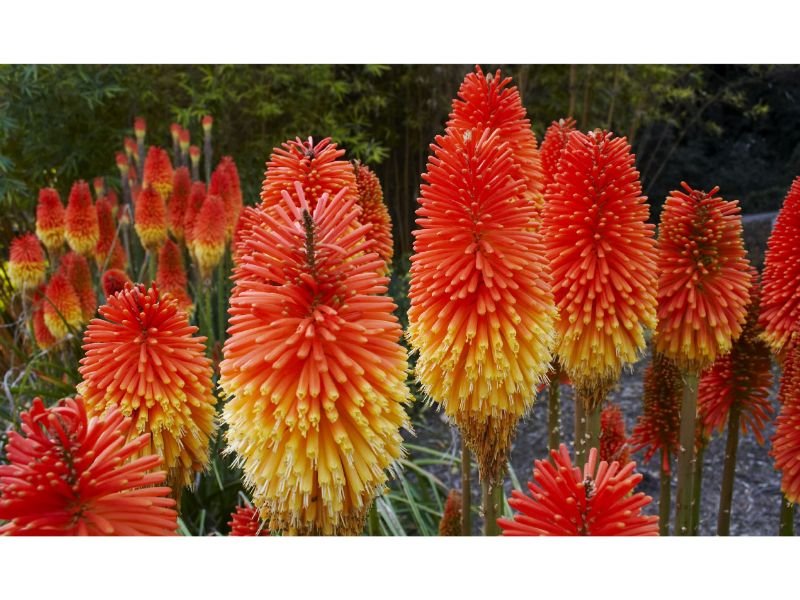
Pingback: Unveiling the Truth behind Commercial Chamomile: Separating Fact from Fiction | SacredSmokeHerbals.com